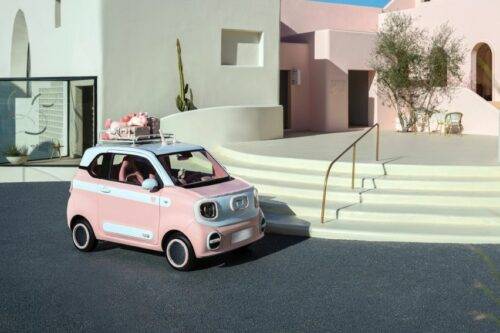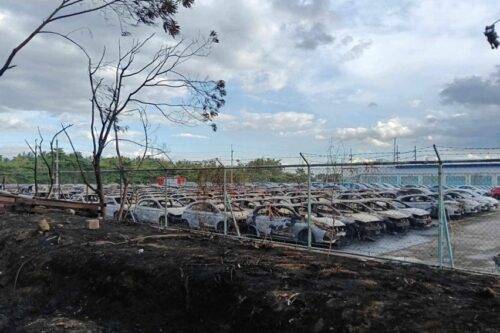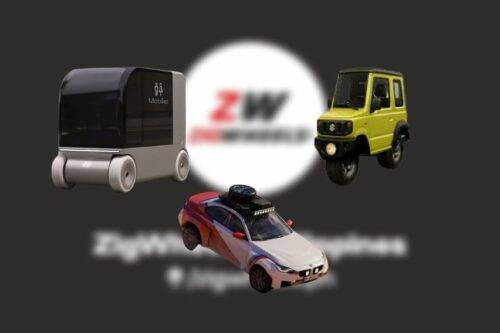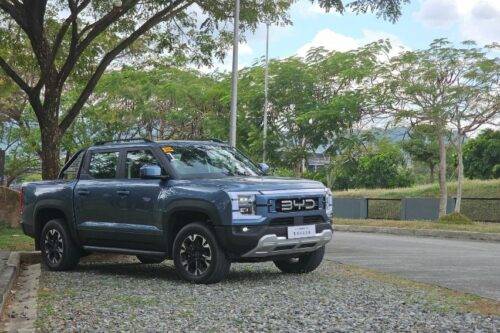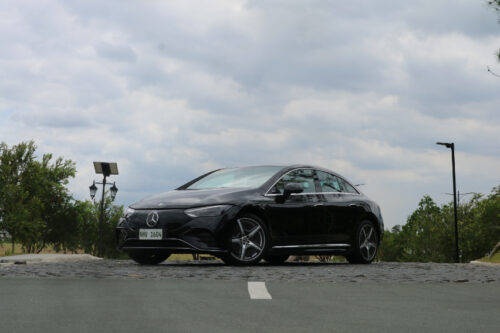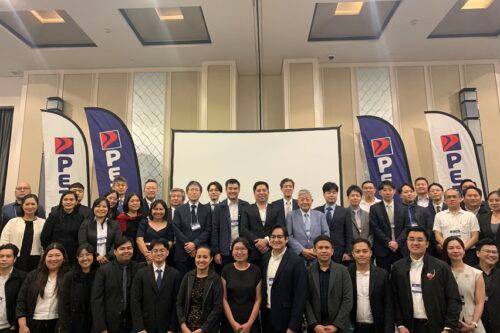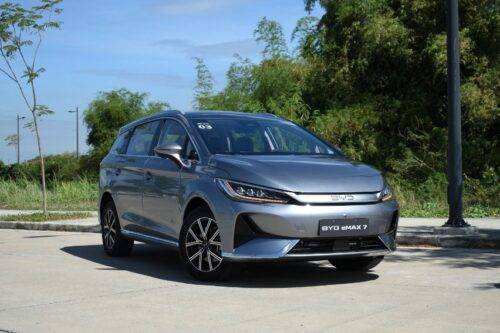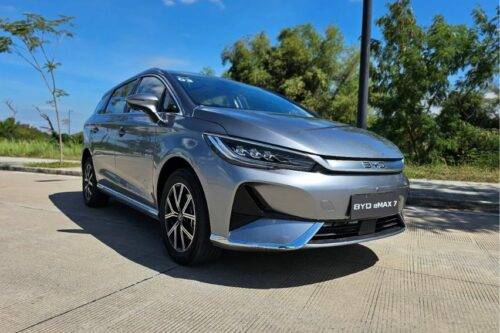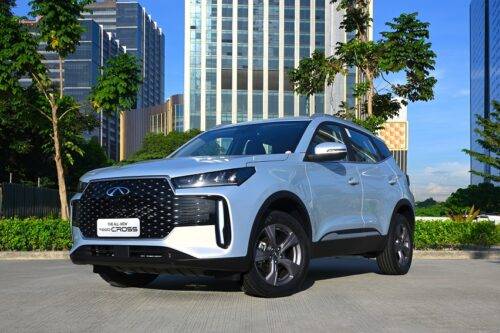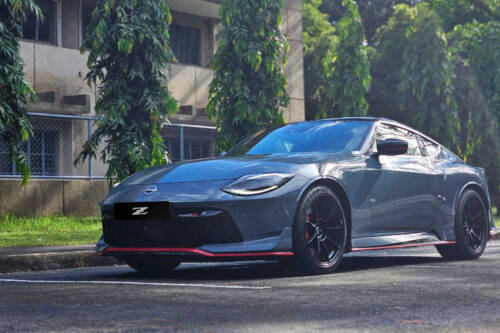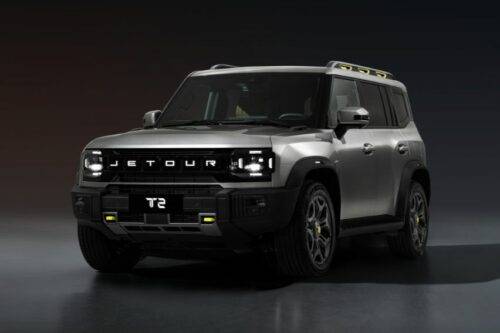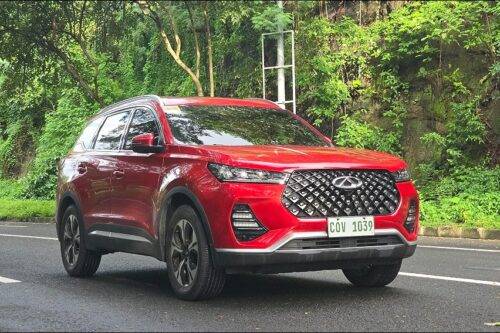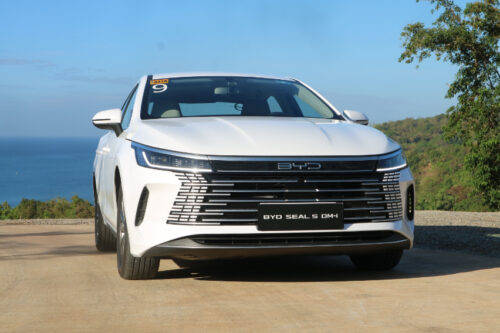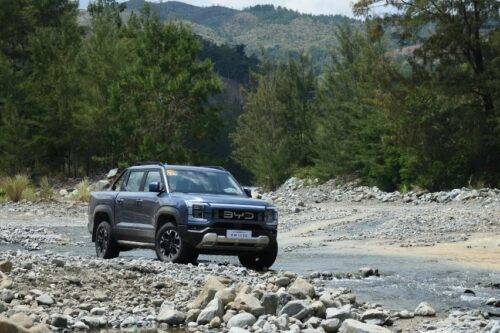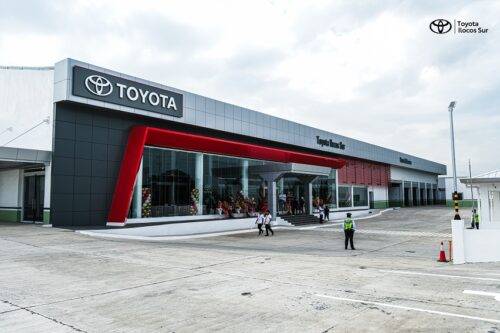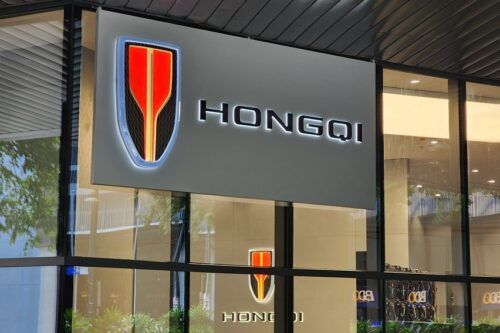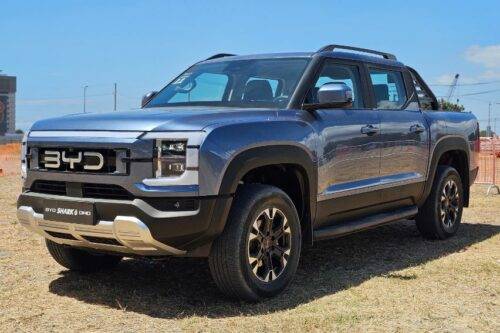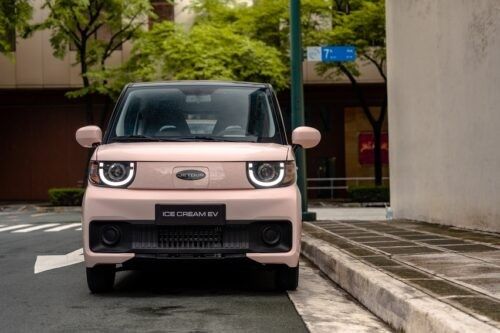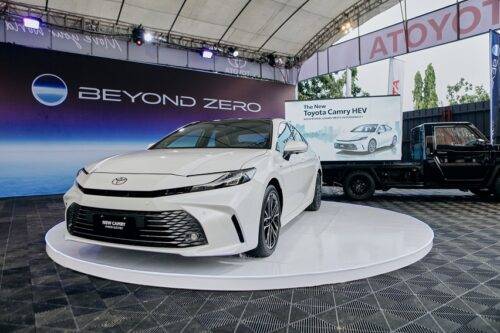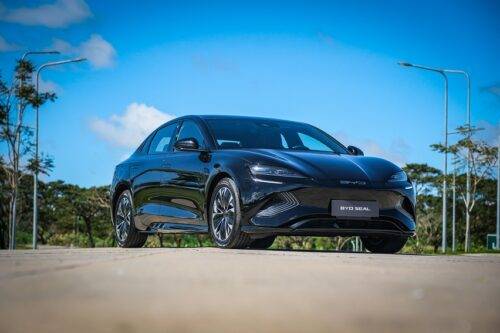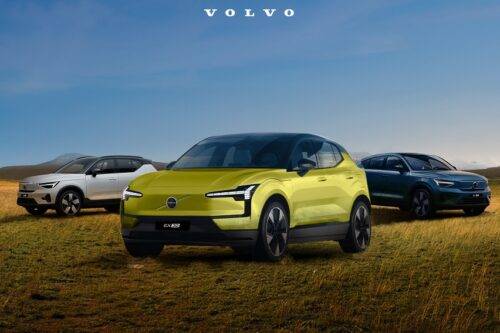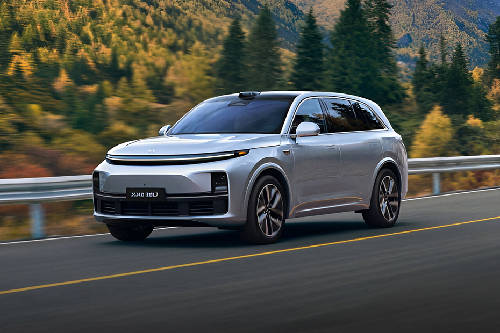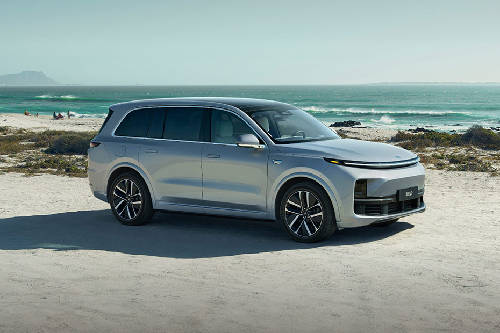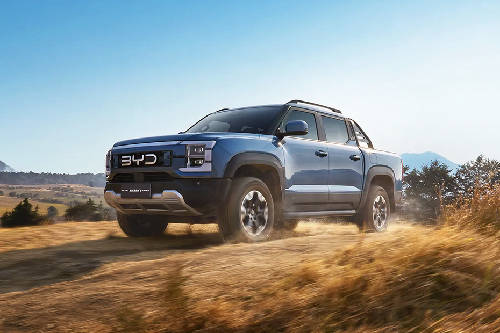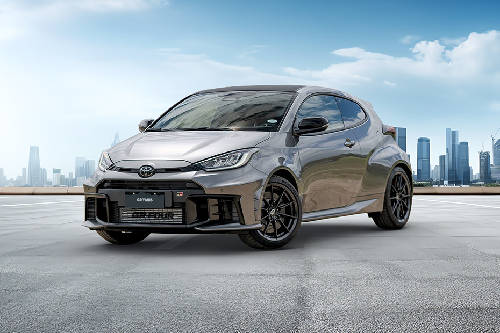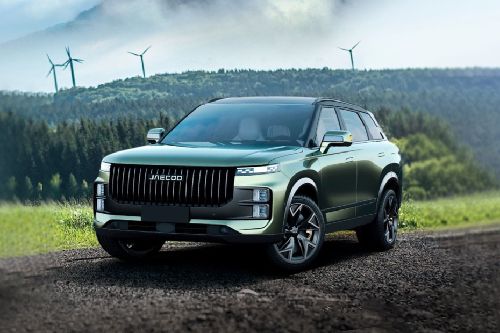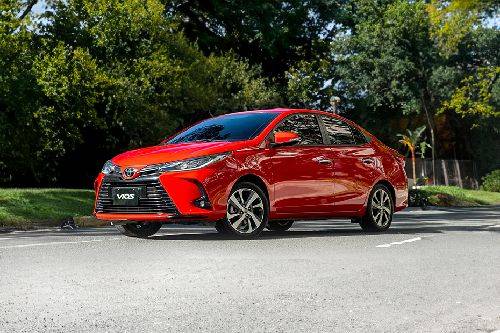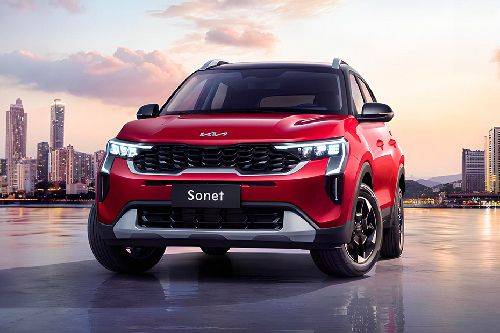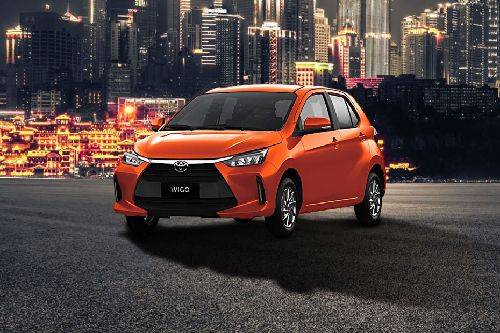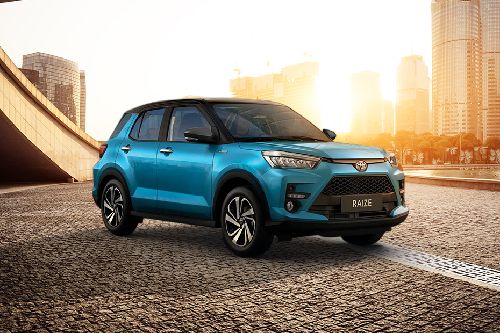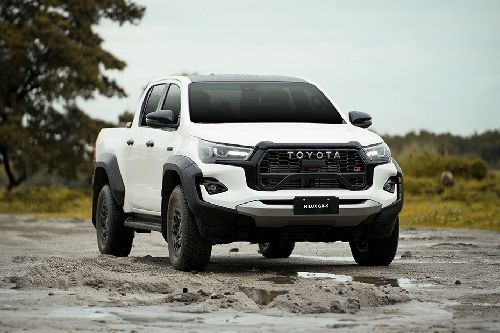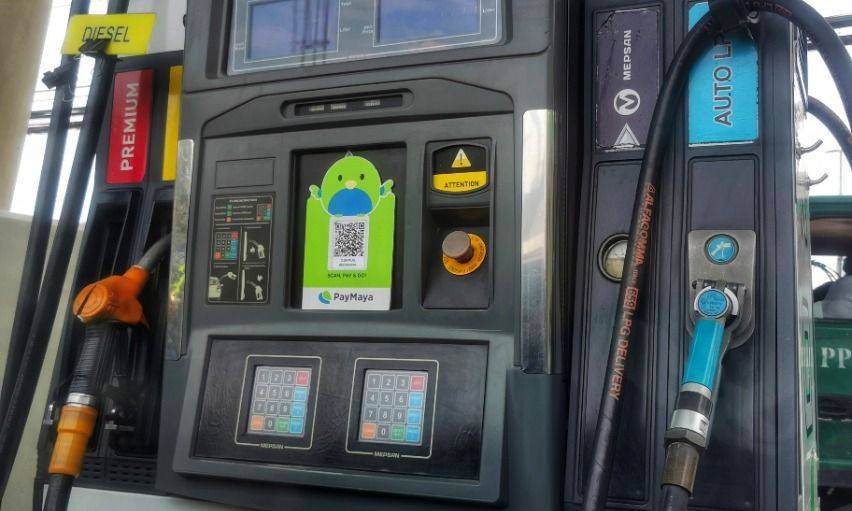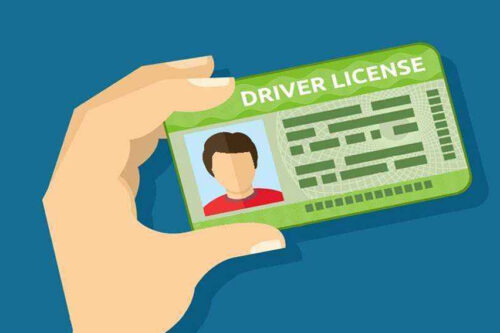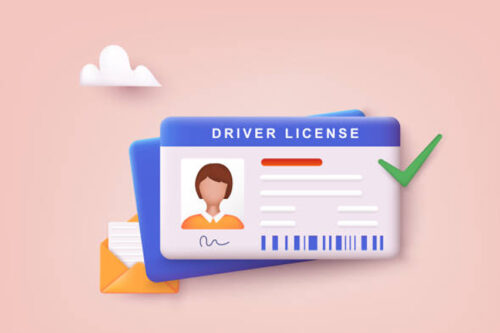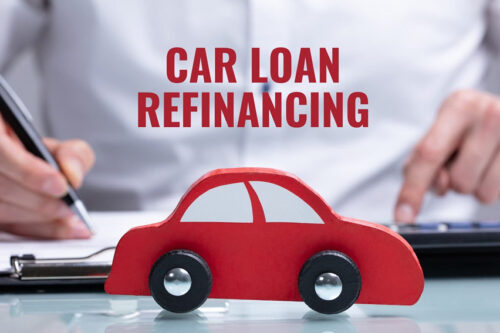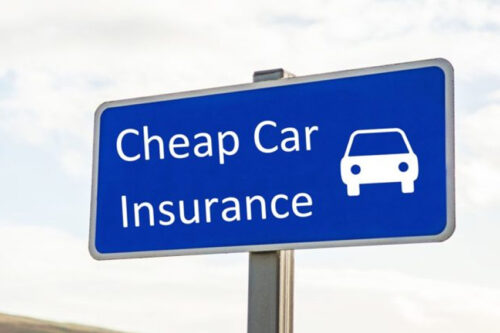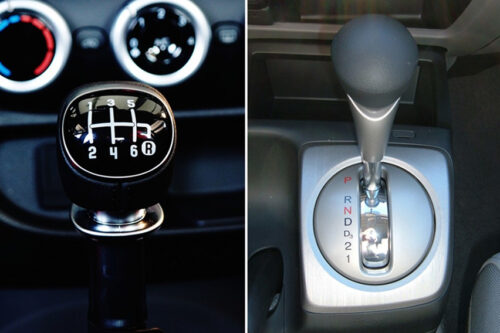Common roadmap for Renault, Nissan, and Mitsubishi focuses on pure EVs, connected mobility
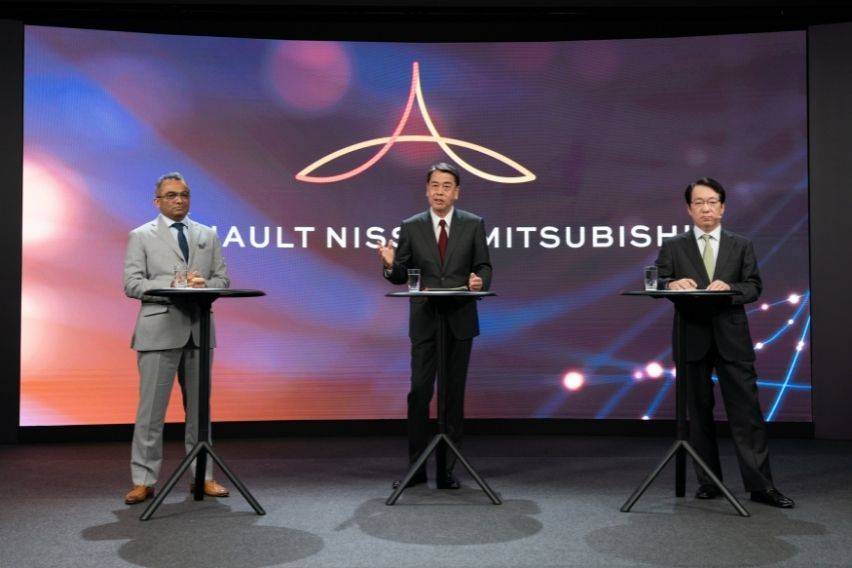
MANILA: The Renault Group; Nissan Motor Co., Ltd.; and Mitsubishi Motors Corporation have presented the common projects and actions that will shape their shared future towards 2030 —concentrating on the mobility value chain.
KEY TAKEAWAYS
How much did Renault, Nissan, and Mitsubishi invest in the field of electrification?
Renault, Nissan, and Mitsubishi have already invested more than €10 billion in the filed of electrification. In the next five years, the Alliance will invest another €23 billion, resulting in the launch of 35 new EV models by 2030.What are the five common EV platforms that will be used on 90% of the EV models to be launched by the Alliance by 2030?
Ninety percent of the EV models will be based on five common EV platforms: CMF-AEV, KEI-EV, LCV-EV, CMF-EV, and CMF-BEV.A year and a half after unveiling its new cooperative business model to enhance member-company competitiveness and profitability, the Alliance is now based on solid foundations, benefits from an effective operational governance organization, and has intensified and flexible cooperation.
The Alliance has established a unified 2030 roadmap for pure-EV and intelligent and connected mobility, pooling resources for the benefit of its three members and their customers.
“Among the world's automotive leaders, the Renault-Nissan-Mitsubishi Alliance is a proven, unique model. For 22 years, we have been building on our respective cultures and strengths for our common benefit. Today, the Alliance is accelerating to lead the mobility revolution and deliver more value to customers, our people, our shareholders and all our stakeholders. The three member-companies have defined a common roadmap towards 2030, sharing investments in future electrification and connectivity projects. These are massive investments that none of the three companies could make alone. Together, we are making the difference for a new and global sustainable future; the Alliance becoming carbon neutral by 2050,” Alliance Chairman Jean-Dominique Senard stated.
The members of the Alliance have created a “smart differentiation” methodology that determines the desired level of commonality for each vehicle by combining various characteristics of prospective pooling, such as platforms, manufacturing sites, powertrains, and vehicle segment. This is complemented and enhanced by a rigorous approach to design and upper-body differentiation.
In the next years, the Alliance members will increase their use of shared platforms from 60% to more than 80% of their combined 90 models in 2026. This will allow each company to concentrate even more on the demands of their customers, their best models, and key markets, while also expanding innovations across the Alliance at a lower cost.
Mitsubishi will strengthen its presence in Europe as part of this, with two new models, including the new ASX, which is based on Renault best-sellers.
The Alliance is increasing its investment in electrification by €23 billion over the next five years, resulting in 35 new electric models by 2030.
Ninety percent of these models will be based on five common EV platforms: CMF-AEV, KEI-EV, LCV-EV, CMF-EV, and CMF-BEV.
The Alliance is also collaborating with common partners to achieve real scale and affordability, with the goal of lowering costs by 50% in 2026 and by 65% in 2028. With this strategy, the Alliance will have a total of 20GWh battery production capacity for EVs across the world by 2030.
The Alliance also has a common goal for all-solid-state battery technology (ASSB). With its extensive expertise and experience as a leader in battery technology, Nissan will drive innovations in this area that will benefit all Alliance members.
The goal is to mass-produce ASSB by mid-2028, and then achieve cost parity with ICE vehicles by lowering costs to US$65 per kWh in the future, accelerating the global shift to EVs.
The Alliance is also collaborating with strategic partners to provide customers with the best proposal for public charging. B2B customers can expect a complete end-to-end service from Mobilize Power Solutions, which includes project design, installation, maintenance, and administration of optimized recharging infrastructure, as well as all related services.
The Alliance has also signed an agreement with Ionity to give its customers access to the Ionity ultra-fast charging network in Europe.
By 2026, the Alliance members hope to have more than 10 million vehicles on the road, with 45 Alliance models equipped with autonomous driving systems, thanks to shared platforms and electronics.
Three million vehicles are already connected to the Alliance Cloud with permanent data exchanges. More than five million Alliance cloud systems will be delivered each year by 2026, with a total of 25 million vehicles on the road. The Alliance will also be the first global, mass-market OEM to integrate the Google ecosystem into its vehicles.
Under Renault’s leadership, the Alliance is building a unified centralized electrical and electronic architecture that merges electronics hardware and software applications to provide maximum benefits and performance.
By 2025, the Alliance will release its first full software-defined vehicle. Customers will benefit from the integration of their vehicle into their digital ecosystem, as it provides a more personalized experience, upgraded services, and lower maintenance costs. The members of the Alliance will also be able to increase the resale value of their vehicles as a result of this. Software-defined cars will also be able to interact will connected objects, users, and infrastructure, allowing the Alliance companies to tap into new revenue streams.
Photo from Nissan
Also read: Nissan announces all-new EV model for Europe
Sell your car at the best price
 Verified and genuine buyers
Verified and genuine buyers
Trending & Fresh Updates
- Latest
- Popular
You might also be interested in
- News
- Featured Stories
Featured Cars
- Latest
- Upcoming
- Popular
Car Articles From Carmudi
- journal
- advice
- financing
- insurance

